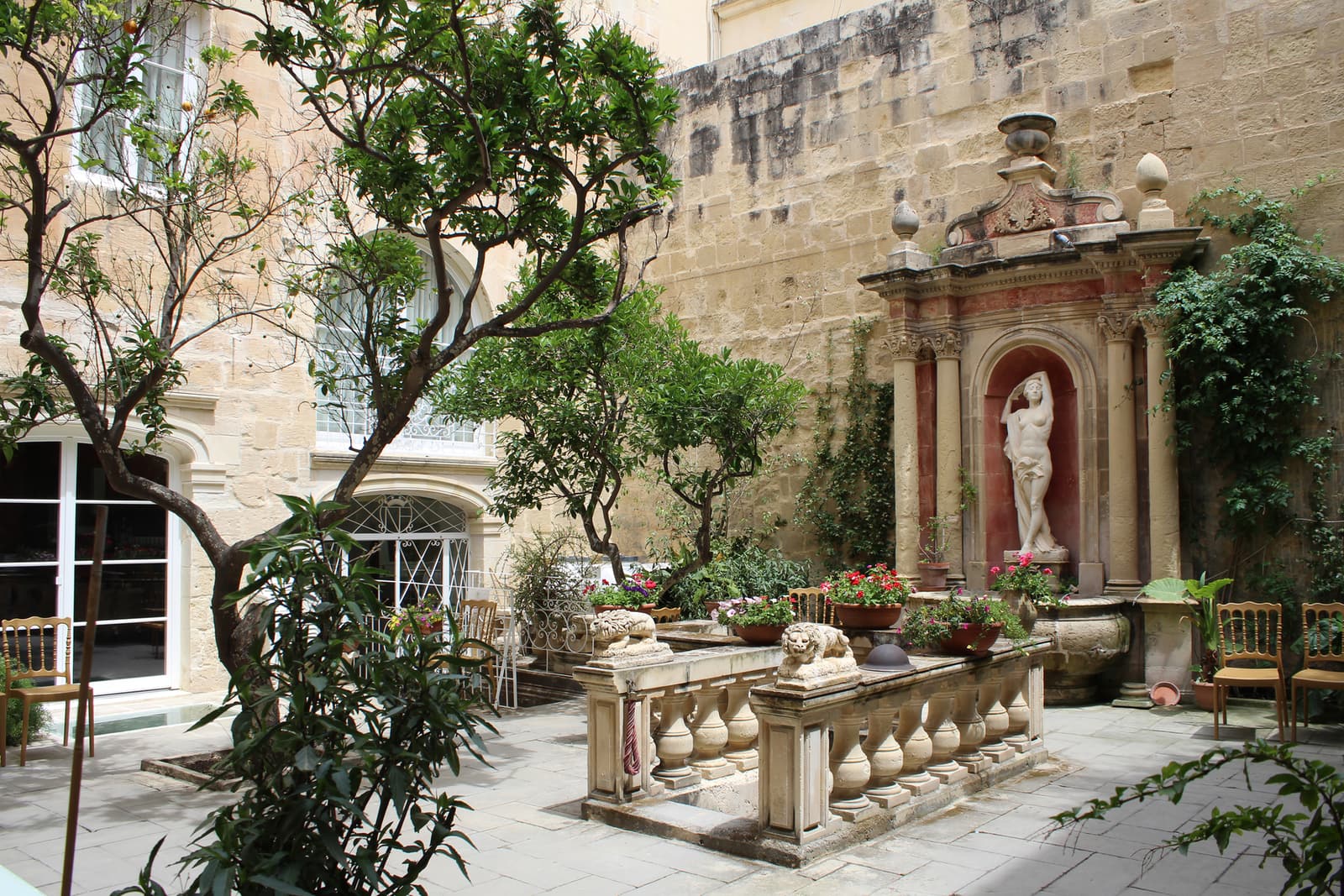Registering the Historic Island Metropolis Valletta
Downloads
DOI:
https://doi.org/10.7480/spool.2020.1.5479Keywords:
metropolitan landscape, ideal city, island, garden, place, VallettaAbstract
The term landscape metropolis and its associated practice of reading the city through the terminology and ‘lens’ of the landscape rather than the normal conventions of urban studies is generally applied to the contemporary city and its expansion beyond the historic centre. Yet, this approach also chimes with the peculiarities of the historic island city and the close relationship such cities have with the restricted, liminal ground on which they are founded. This paper explores the hypothesis that an island city can be understood as a metropolitan landscape as a consequence of peculiarities of geography, ecology, culture, place, and resiliency. By focusing on one such city, Valletta, a heightened case, in which a 16th Century metropolis was founded as Renaissance ‘ideal’, the paper examines the reciprocity between this projected ‘ideal’ and the actual landscape where the metropolis is fused and, indeed, confused with the landscape so that the spatial coherence between city and landscape determines the nature of the metropolis.
How to Cite
Published
License
Copyright (c) 2021 SPOOL

This work is licensed under a Creative Commons Attribution 4.0 International License.
Plaudit
References
Aben, R. & de Wit, S. (2001). The Enclosed Garden. 010 Publishers.
Arets, W. (1993). An Alabaster Skin. Columbia Documents of Architecture and Theory, 2 (pp. 35-39). Columbia University.
Bloet, B.W. (1964). Town Planning in Malta 1530-1798. In the Town Planning Review, 35(3) (pp. 183-194). Liverpool University Press.
Carter, P. (2006). Parrot. Reaktion Books Ltd.
Clément, G. (2015). The Planetary Garden and Other Writings. University of Pennsylvania Press
Corner, J. (2018). Jury Q+A with James Corner. In Imagination, LA+ Interdisciplinary Journal of Landscape Architecture, 7. University of Pennsylvania School of Design.
De Giorgio, R. (1985). A City by an Order: Valletta. Progress Press Co. Ltd.
De Piro, N. (2004). Casa Rocca Piccola: Valletta. Heritage Books.
De Wit, S. (2014a). Hidden landscapes: The metropolitan garden and the genius loci (Doctoral Thesis). Delft University of Technology.
de Wit, S. (2014). Metropolitan Gardens – gardens in the interstices of the metropolitan tissue. SPOOL, 1(1), 601-622. doi:10.7480/spool.2014.1.630
Deleuze, G. (2004). Causes and Reasons of Desert Islands (1946), repr. In Desert Islands and other texts, ed. David Lapoujade, trans. Michael Taormina. MIT Press.
Gando, A. (2003). Valletta Città Nuova: a map history (1566 – 1600). Publishers Enterprise Group Ltd.
Hughes, Q. (1956). The Building of Malta 1530-1795. Alec Tiranti Ltd.
Hughes, Q. (1976). Documents on the building of Valletta. Melita Historica, 7(1), (pp 1-16). Malta Historical Society. https://www.um.edu.mt/library/oar/handle/123456789/19334
Hughes, Q. (1978). Give Me Time and I Will Give You Life: Francesco Laparelli and the Building of Valletta, Malta 1565-1569. In Town Planning Review, vol. 49, no. 1 (pp. 61-73). Liverpool University Press.
Jäger, T. (2004). The Art of Orthogonal Planning: Laparelli’s Trigonometric Design of Valletta. Journal of the Society of Architectural Historians, 63(1), 4–31. https://doi.org/10.2307/4127990
Lyotard, J. (1985). Scapeland. In The Inhuman: Reflections on Time. Stanford University Press.
Mackay, R. (2016). Philosophers Islands. In D. Daou & P. Pérez-Ramos (Ed.), New Geographies 08: Island (pp. 57-63). Harvard University Press.
Staniscia, S. (2016). The ‘Island Effect’: Reality or Metaphor? In D. Daou & P. Pérez-Ramos (Ed.), New Geographies 08: Island (pp. 50-55). Harvard University Press.
Stoppani, T. (2011). Paradigm Islands: Manhattan and Venice, discourses on architecture and the city. Routledge.
Sultana, D. (1977). The Seige of Malta Rediscovered: An account of Sir Walter Scott’s Mediterranean Journey and his last Novel. Scottish Academic Press Ltd.
Tilley, C. (2004). From Honey to Ochre: Maltese Temples, Stones, Substances and the Structuring of Experience. In The Materiality of Stone: Explorations in Landscape Phenomenology: 1 (pp. 87-146). Bloomsbury Academic.
van der Velde, R., & de Wit, S. (2009). The Landscape Form of the Metropolis. FOOTPRINT, , 55-80. doi:10.7480/footprint.3.2.709
Zammit, V. (2004). The Limestone Heritage: Siggiewi. Heritage Books.



